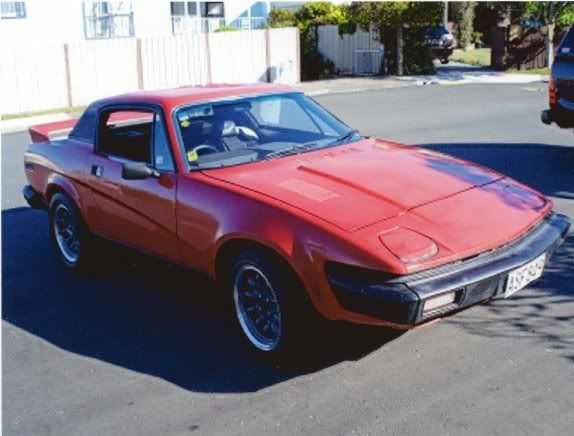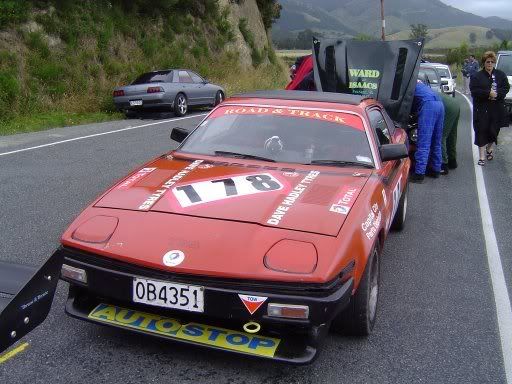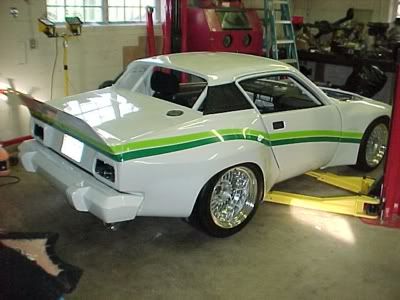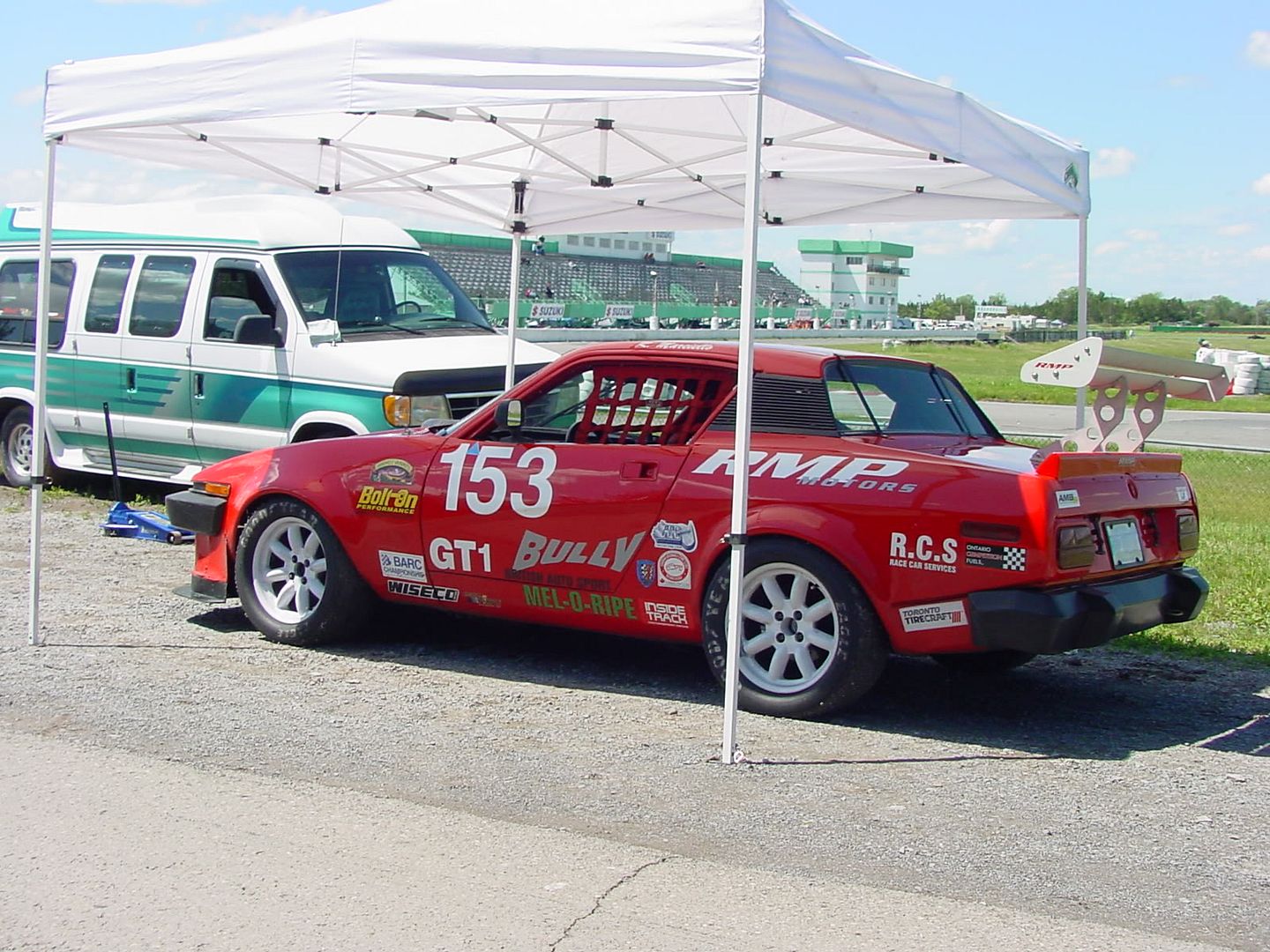<blockquote id="quote"><font size="1" face="Century Gothic, Verdana, Arial, Helvetica" id="quote">quote:<hr height="1" noshade id="quote"><i>Originally posted by Mowog73</i>
When we bought my son's TR7 resto project, there was a wing in the car. He originally thought it would be cool to put it on until I refered to it as a spoiler. He then smartened up (I marked it on the calendar, first time this year) and decided it really was a spoiler.
I do admit though cake's car looks quite nice.
<hr height="1" noshade id="quote"></font id="quote"></blockquote id="quote">
I admit Demon Tweeks list it as a spoiler, however I pretty sure it's a wing.
<blockquote id="quote"><font size="1" face="Century Gothic, Verdana, Arial, Helvetica" id="quote">quote:<hr height="1" noshade id="quote">
Spoilers
Spoilers are used primarily on sedan-type race cars. They act like barriers to air flow, in order to build up higher air pressure in front of the spoiler. This is useful, because as mentioned previously, a sedan car tends to become "Light" in the rear end as the low pressure area above the trunk lifts the rear end of the car.
Front air dams are also a form of spoiler, only their purpose is to restrict the air flow from going under the car.
Wings
Probably the most popular form of aerodynamic aid is the wing. Wings perform very efficiently, generating lots of down force for a small penalty in drag. Spoiler are not nearly as efficient, but because of their practicality and simplicity, spoilers are used a lot on sedans.
The wing works by differentiating pressure on the top and bottom surface of the wing. As mentioned previously, the higher the speed of a given volume of air, the lower the pressure of that air, and vice-versa. What a wing does is make the air passing under it travel a larger distance than the air passing over it (in race car applications). Because air molecules approaching the leading edge of the wing are forced to separate, some going over the top of the wing, and some going under the bottom, they are forced to travel differing distances in order to "Meet up" again at the trailing edge of the wing. This is part of Bernoulli's theory.
What happens is that the lower pressure area under the wing allows the higher pressure area above the wing to "push" down on the wing, and hence the car it's mounted to.
Wings, by their design require that there be no obstruction between the bottom of the wing and the road surface, for them to be most effective. So mounting a wing above a trunk lid limits the effectiveness.<hr height="1" noshade id="quote"></font id="quote"></blockquote id="quote">














